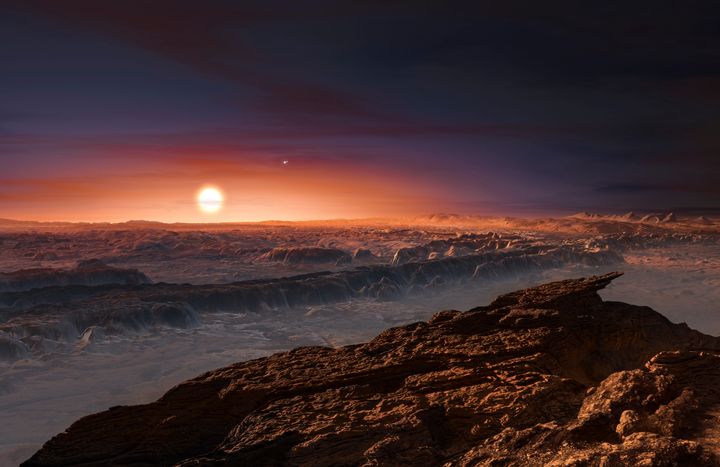A planet orbiting our closest neighbouring star may feature a stable climate that could support life, according to new research.
Proxima b, which lies just 4.2 light years from Earth and is a similar size to our world, is thought to orbit within its star’s habitable zone.
Now, researchers have simulated how the planet’s climate would fare within a range of possible orbits.

Dr Ian Boutle, lead author of the paper, said: “As well as examining how the climate would behave if the planet was ‘tidally-locked’ (where one day is the same length as one year), we also looked at how an orbit similar to Mercury, which rotates three times on its axis for every two orbits around the sun (a 3:2 resonance), would affect the environment.”
The team of astrophysicists and meteorologists found that Proxima b could have the potential to host water and exist in a remarkably stable climate regime.
Dr James Manners, co-author of the paper, added: “One of the main features that distinguishes this planet from Earth is that the light from its star is mostly in the near infra-red.”
“These frequencies of light interact much more strongly with water vapour and carbon dioxide in the atmosphere which affects the climate that emerges in our model.”
While the results of the study indicate that the planet might be habitable, there’s still much work to do before researchers can confirm whether it is.
